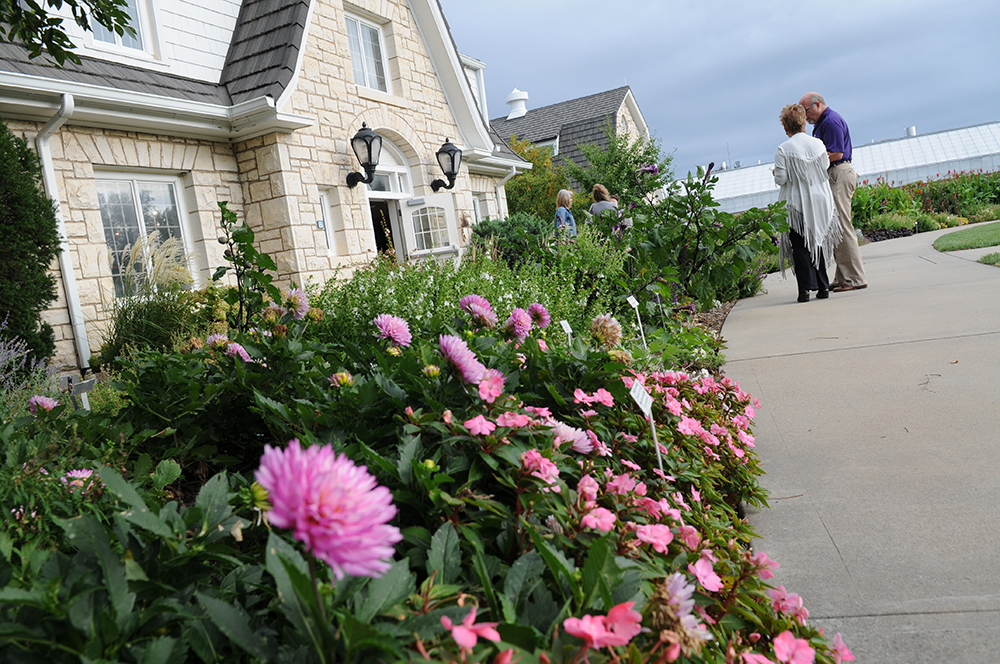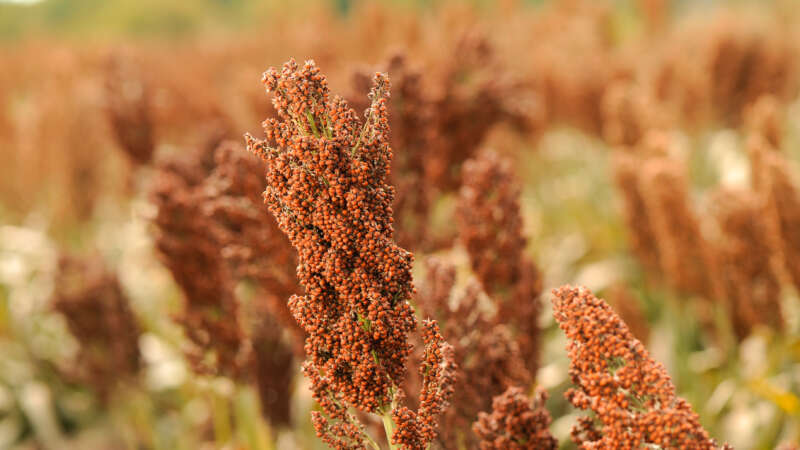Inside the beauty of K-State Gardens
The Kansas State University Gardens are a beautiful example of horticulture brought to life. With over 2,300 plant varieties, K-State Gardens house some of the most breathtaking ornamental flowers, grasses, trees, and shrubs in the nation. “We have a vast variety of collection gardens within our facility,” said Scott McElwain, director of K-State Gardens. “Our collection gardens include daylily, iris, peony and roses. In just these examples, there are over 800 varieties alone.”
There are many different cultivated varieties to go along with the collection gardens. “K-State Gardens has unique gardens for all the public to enjoy,” McElwain said. “We have theme gardens, which highlight many types of plants such as our cottage garden, which has a large annual flower display along with fruits, vegetables, and herbs which are incorporated with woody ornamentals. We also have a butterfly garden and an adaptive native plant garden, which not only displays native plants but also varieties that are in cultivation.”
K-State Gardens is proud to provide an avenue for students as well as the Manhattan community to connect with nature, especially during COVID-19. “With everything being shut down, we were amazed to see how the Gardens provided an outlet for the public to get outdoors,” McElwain said. “This spring, we didn’t promote visitation and even though our buildings and campus were closed, to our surprise, we had more than 400 daily visitors throughout May while our iris and peony collections were in full bloom. That was very rewarding for us to see the community, in a time when many were afraid to leave their homes, come out and enjoy the beauty of our Gardens. We hear many stories about how the Gardens have impacted people’s lives, but we got a chance to actually see it this past spring.”
“While many universities have gardens, ours is unique in that it is one of the few to be located on its’ universities main campus,” McElwain said. For students in the agriculture or horticulture field, the gardens provide an on-site learning mechanism that is rare to find elsewhere. “Students have the opportunity to learn on-site with the gardens,” McElwain said. “The Gardens are an outdoor living laboratory in which students can go from the classroom into the greenhouses or the gardens to get hands-on experiential learning in horticulture and agriculture.”
The K-State Gardens are completely funded through events and donations. McElwain wanted to express how important the donations are to the continued success of the gardens, as well as extend his gratitude to all who have contributed to the gardens’ well-being and establishment. “Everything in the gardens has been provided through the generosity of donors,” McElwain said. “The Gardens are totally maintained by students and volunteers. It takes over $42,000 dollars per year alone through fundraising events and donations to pay for student internships and labor. So, for those who enjoy our beautiful gardens and the education it provides, we would greatly appreciate it if you would keep us in mind when deciding to donate to a K-State program or cause. To those who continue to make contributions every year to support the Gardens, we are extremely grateful.” To learn more about K-State Gardens visit: www.k-state.edu/gardens/
By James Dalton Burton





